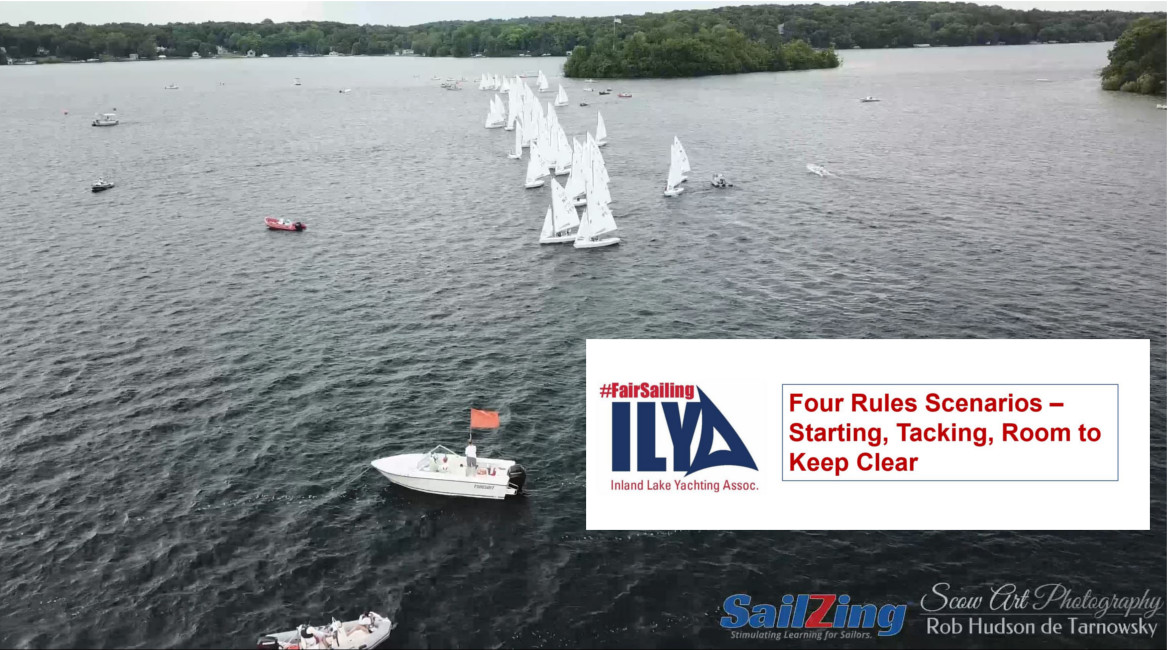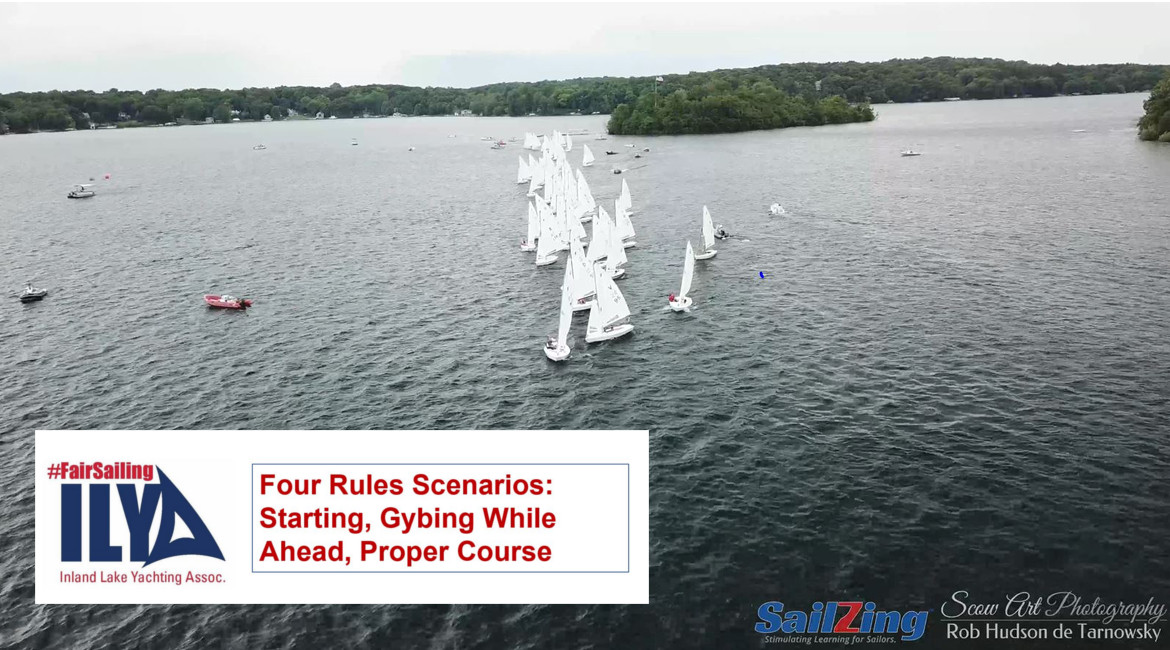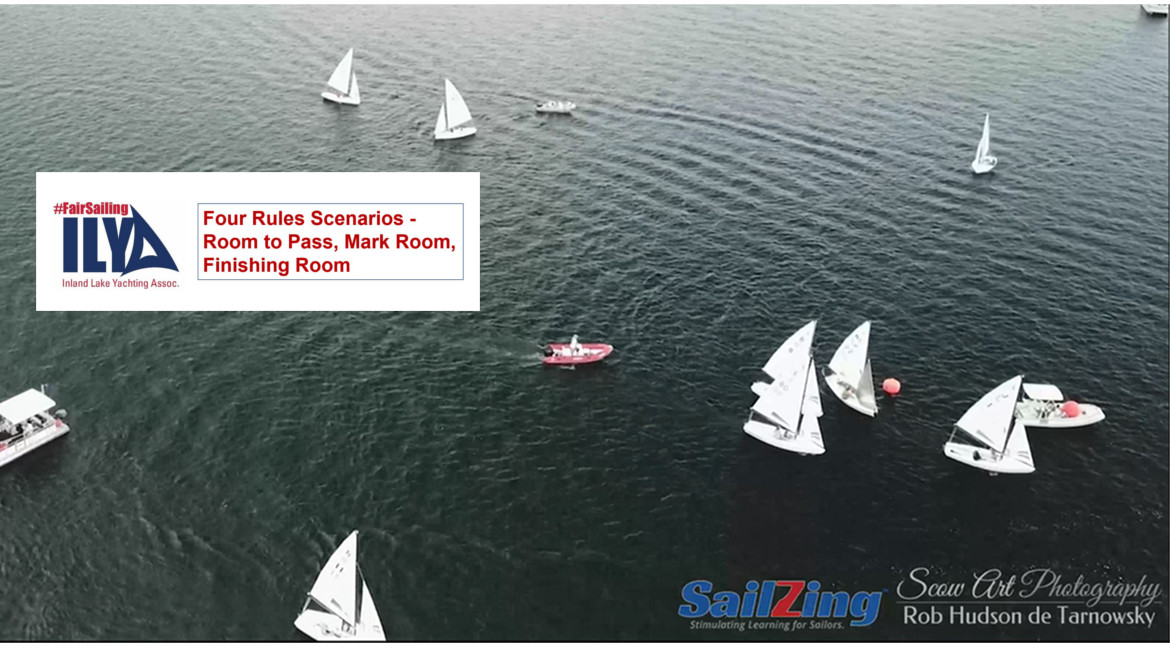Rule 16 – Changing Course is the third rule in Part 2, Section B of the Racing Rules of Sailing. This post covers what you need to know about Rule 16, with video, animations, questions and answers, and links to the World Sailing Casebook.
In 2018, the Inland Lake Yachting Association (ILYA) and SailZing, LLC partnered on a Fair Sailing initiative. As part of this initiative, SailZing worked with the ILYA and UK Sailmakers to develop a series of articles on the rules. With the rules changes in 2021, SailZing is updating these articles and adding video summaries.
Our thanks to UK Sailmakers for generating the animated scenarios.
This is our second installment regarding the rules of Part 2, Section B – General Limitations. Remember, the rules in this section don’t change right of way, but they do limit the actions of right-of-way boats.
Rule 16 – Changing Course
“16.1 When a right-of-way boat changes course, she shall give the other boat room to keep clear.
16.2 In addition, on a beat to windward when a port-tack boat is keeping clear by sailing to pass to leeward of a starboard-tack boat, the starboard-tack boat shall not bear away if as a result the port-tack boat must change course immediately to continue keeping clear.”
Definitions
Previously-defined terms (click to refresh your memory): Room, Keep clear
Rule 16 Key Points
- This rule limits the ability of a right-of-way boat to change course in order to “hunt” another boat.
- The term “change course” is not defined in the rules, but is discussed in an interpretation, which states that to change course means to change the direction in which the boat is moving or heading.
- If you are a right-of-way boat, don’t contribute to “doing the dance” by trying to outsmart the moves of the other boat that is trying to avoid you.
Rule 16 Change
Rule 16 was revised in the 2021-2024 racing rules. See the markup below.

- Rule 16.1 was not changed. It requires a right-of-way boat to give room to keep clear when changing course in all situations.
- 16.2 was revised to specifically address bearing off to hunt a boat on a beat to windward. In team racing, bearing away past 90 degrees to the true wind on a beat is a common tactic. Here is Dave Perry’s summary of this change:
- First, it now only applies when boats are on a “beat to windward.” Therefore, it does not apply before the starting signal (same as the previous rule);
- And it does not apply when the boats are sailing on downwind legs (different from the previous rule).
- Also, the rule only applies when the starboard-tack boat (S) bears away; it no longer applies when S luffs (rule 16.1 applies when S changes course to windward; i.e., luffs).
- And finally, the rule applies when the port-tack boat (P) is sailing to pass “to leeward” of S (the previous rule said pass “astern”), meaning that S can no longer turn this rule off by bearing away below 90 degrees to the true wind (a common move in team racing).
Scenarios
#1 – “Upwind Hunting”
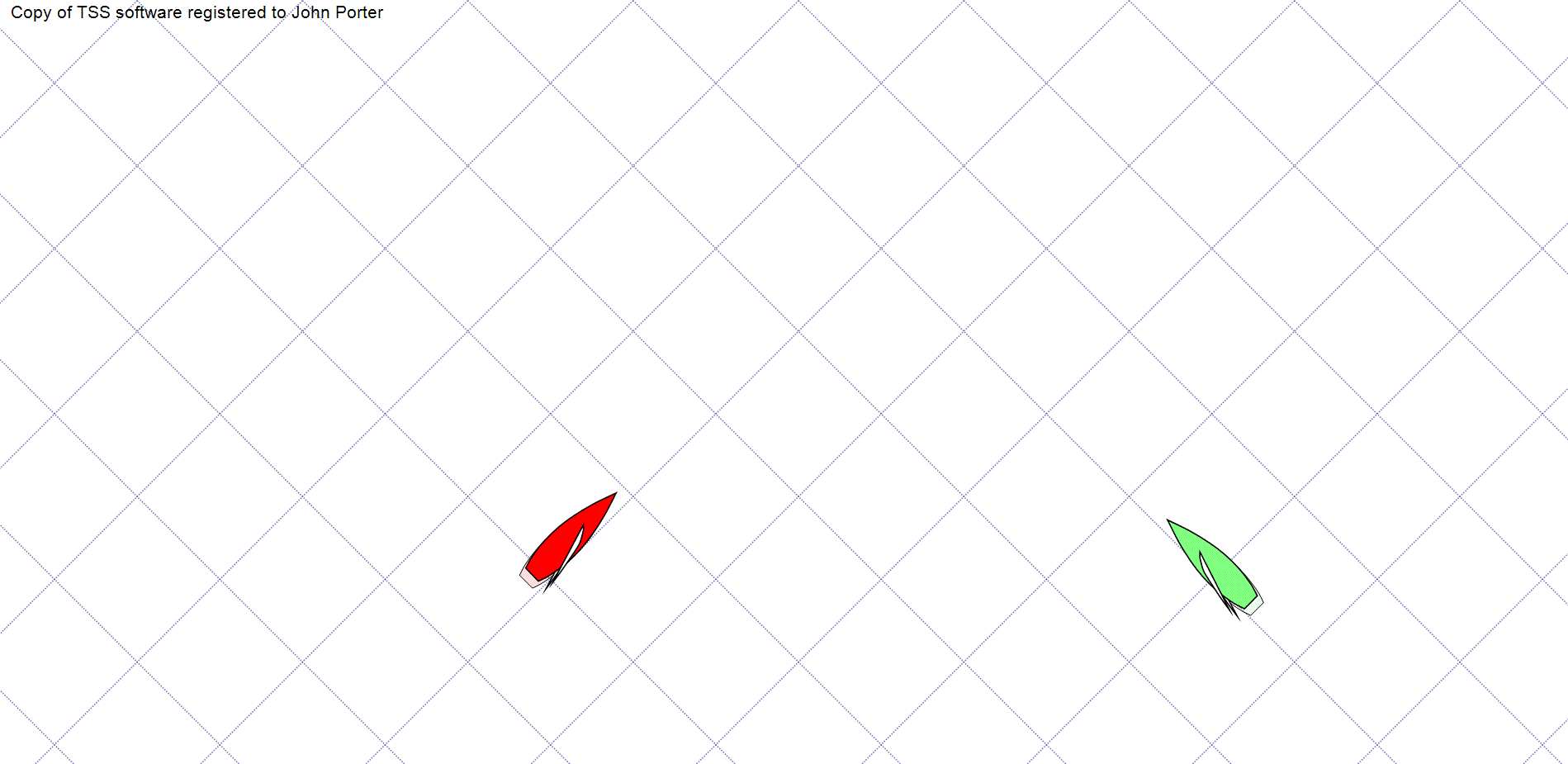
Description: Red and Green are sailing upwind. At location 2, Red bears off to sail below Green. Green also bears off. At location 3, Red heads up in response, but Green also heads up. There is no contact. Green alleges Red did not Keep Clear – Rule 10. Red alleges Green broke Rule 16.
At location 2, did Green break Rule 16? Answer
At location 3, did Green break Rule 16? Answer
At location 3, did Red break Rule 10? Answer
#2 – “Fast Luff”
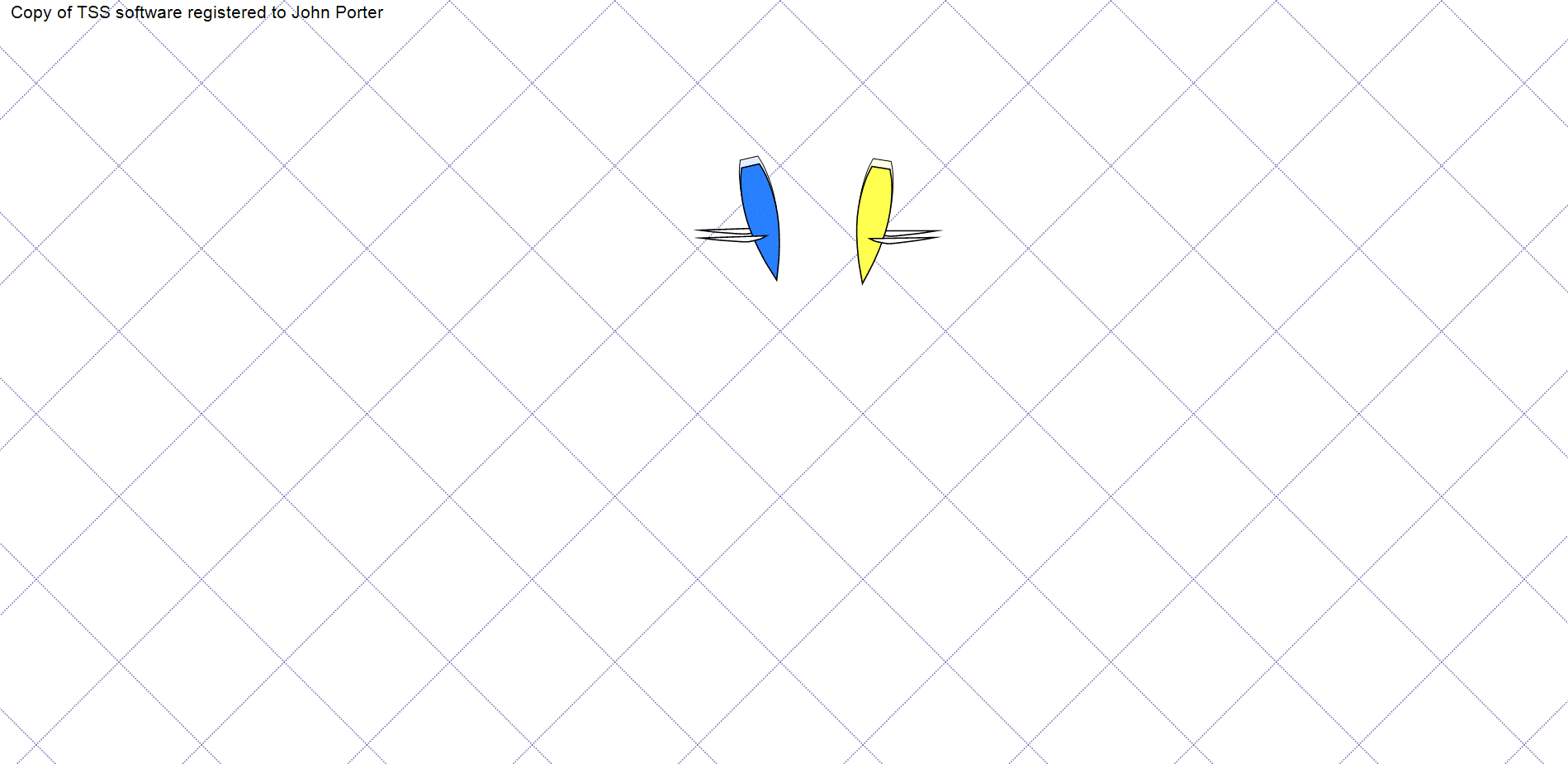
Description: Yellow and Blue are sailing downwind. Blue gybes onto starboard tack. Yellow turns sharply to windward, causing contact. Yellow alleges Blue did not keep clear – Rule 11. Blue alleges Yellow broke Rule 16.
Which boat(s) should promptly take a penalty? Answer
World Sailing Cases of Interest
Case 6 – A starboard tack boat that tacks after a port-tack boat has borne away to go astern of her does not necessarily break a rule.
Case 52 – Rule 16.1 does not restrict the course of a keep clear boat. Maneuvering to drive another boat away from the starting line does not necessarily break this rule.
Case 92 – When a right-of-way boat changes course, the keep-clear boat is required to act only in response to what the right-of-way boat is doing at the time, not what the right-of-way boat might do subsequently.
Related Content:
SailZing: Racing Rules category
World Sailing – Racing Rules of Sailing
Sailors Helping Sailors
Will you share your knowledge with your related Comments below?


